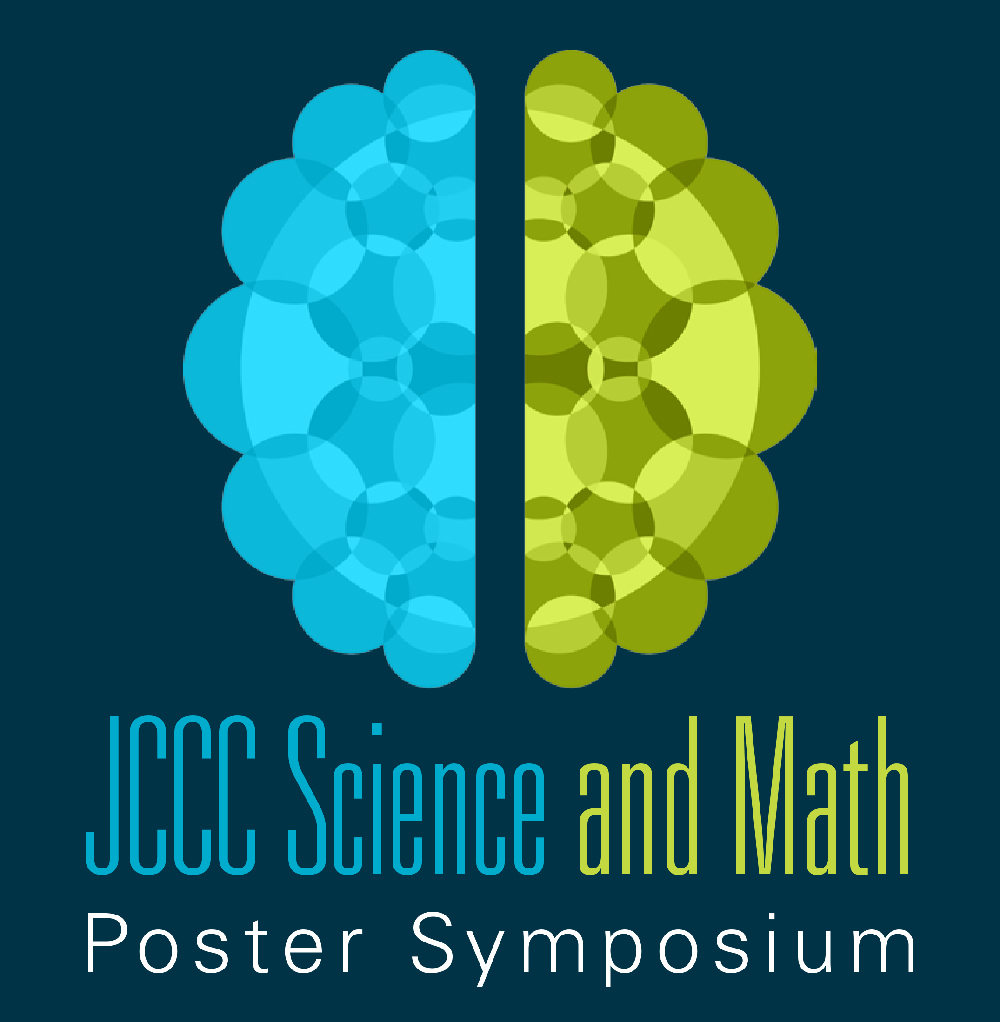Start Date
28-4-2022 9:00 AM
Document Type
Poster
Description
Antibiotics have drastically decreased death caused by infectious diseases. In 1900 before antibiotics were discovered, infectious diseases were the leading cause of death. When penicillin was discovered, scientists and doctors found that bacteria have the ability to create its own antibiotic. This finding has led to the findings of all other antibiotics and has revolutionized healthcare. However, the search for antibiotics is not over due to the number of infectious diseases coming about and due to antibiotic resistance caused by the overuse of antibiotics. Scientists are always looking for ways to find and culture bacteria in hope for a new antibiotic. Culturing bacteria from the soil was found to be an efficient way to do just that. Most of our current antibiotics have been found by culturing and screening microbes from the soil, although only one percent of microbes have been cultured. Soil has a wide variety of microbes and depending on where the soil is collected from and the different environmental factors, microbes could differ between samples. Since there are so many species of bacteria residing in soil and only 1% of microbes have been cultured, as well as the fact that there are never enough antibiotics in the healthcare industry, this research is incredibly important. In my research I tested a dozen different candidates and did not find one to inhibit clinically important microbes, so I adopted a candidate from a classmate that has shown to inhibit at least one clinically important microbe.
New Antibiotics Found in Soil
Antibiotics have drastically decreased death caused by infectious diseases. In 1900 before antibiotics were discovered, infectious diseases were the leading cause of death. When penicillin was discovered, scientists and doctors found that bacteria have the ability to create its own antibiotic. This finding has led to the findings of all other antibiotics and has revolutionized healthcare. However, the search for antibiotics is not over due to the number of infectious diseases coming about and due to antibiotic resistance caused by the overuse of antibiotics. Scientists are always looking for ways to find and culture bacteria in hope for a new antibiotic. Culturing bacteria from the soil was found to be an efficient way to do just that. Most of our current antibiotics have been found by culturing and screening microbes from the soil, although only one percent of microbes have been cultured. Soil has a wide variety of microbes and depending on where the soil is collected from and the different environmental factors, microbes could differ between samples. Since there are so many species of bacteria residing in soil and only 1% of microbes have been cultured, as well as the fact that there are never enough antibiotics in the healthcare industry, this research is incredibly important. In my research I tested a dozen different candidates and did not find one to inhibit clinically important microbes, so I adopted a candidate from a classmate that has shown to inhibit at least one clinically important microbe.


Comments
The faculty mentor for this project was Jamie Cunningham, Biology.